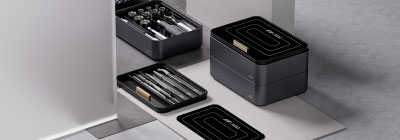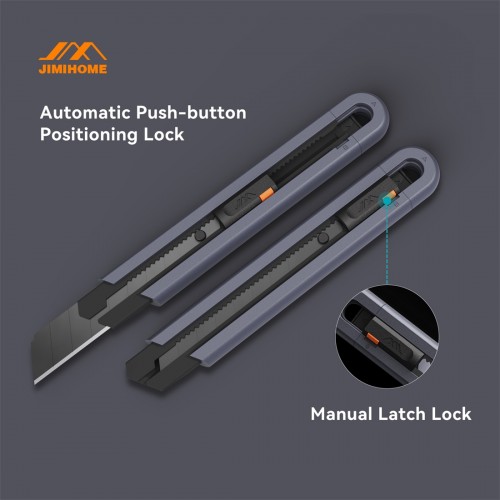
Technical Guide: 10 Utility Knife Best Practices for Safety & Precision
Introduction
Utility knives are compact, replaceable-blade cutters used across homes, workshops, and industrial settings. Adopting technical best practices improves cut quality, extends blade life, and reduces the risk of injury. Below are 10 concise, engineering-oriented guidelines for safe and efficient operation.
1. Blade Retraction & Secure Locking
Retract the blade and engage the locking mechanism immediately after use to prevent accidental exposure during handling and storage.
2. Maintain Off-Path Hand Positioning
Always position the non-cutting hand outside the blade’s projected cutting line; eliminate any alignment of torso or limbs with the potential slip path.
3. Sustained Visual and Cognitive Focus During Cutting
Treat cutting as a high-risk, short-duration task: maintain continuous eye contact with the cut line and ensure hand-eye coordination is uninterrupted.
4. Use Stable, Non-Slip Work Surfaces
Support workpieces on flat, non-slippery platforms and secure materials where necessary to prevent lateral movement that can deflect the blade.
5. Employ Cut-Resistant Personal Protective Equipment (PPE)
For high-force, repetitive, or industrial applications, wear certified cut-resistant gloves and eye protection to mitigate injury from slips or flying debris.
6. Pre-Use Blade Integrity & Sharpness Verification
Inspect blades for micro-cracks, corrosion, or edge wear before each session; a compromised blade increases cutting force requirements and slip risk.
7. Prohibit Improper Mechanical Loads (Prying / Levering)
Do not apply bending, levering, or torsional loads to the knife. Transverse or excessive forces can cause blade fracture or ejection.
8. Controlled Snap-Off Procedure for Segmented Blades
Break segmented blades using a dedicated snapping tool or pliers; perform the operation with gloves and eye protection to avoid shard projection.
9. Secure Collection and Disposal in Puncture-Resistant Containers
Place spent blades in sealed, puncture-resistant containers (metal tins or approved sharps boxes) before disposal or recycling to protect handlers.
10. Match Blade Geometry, Hardness & Coating to Material & Load
Select blade profile, substrate hardness, and any coatings based on the work material (corrugated board, rubber, composites) and expected duty cycle to optimize wear life and cutting performance.




-500x500.jpg)

Leave a Comment